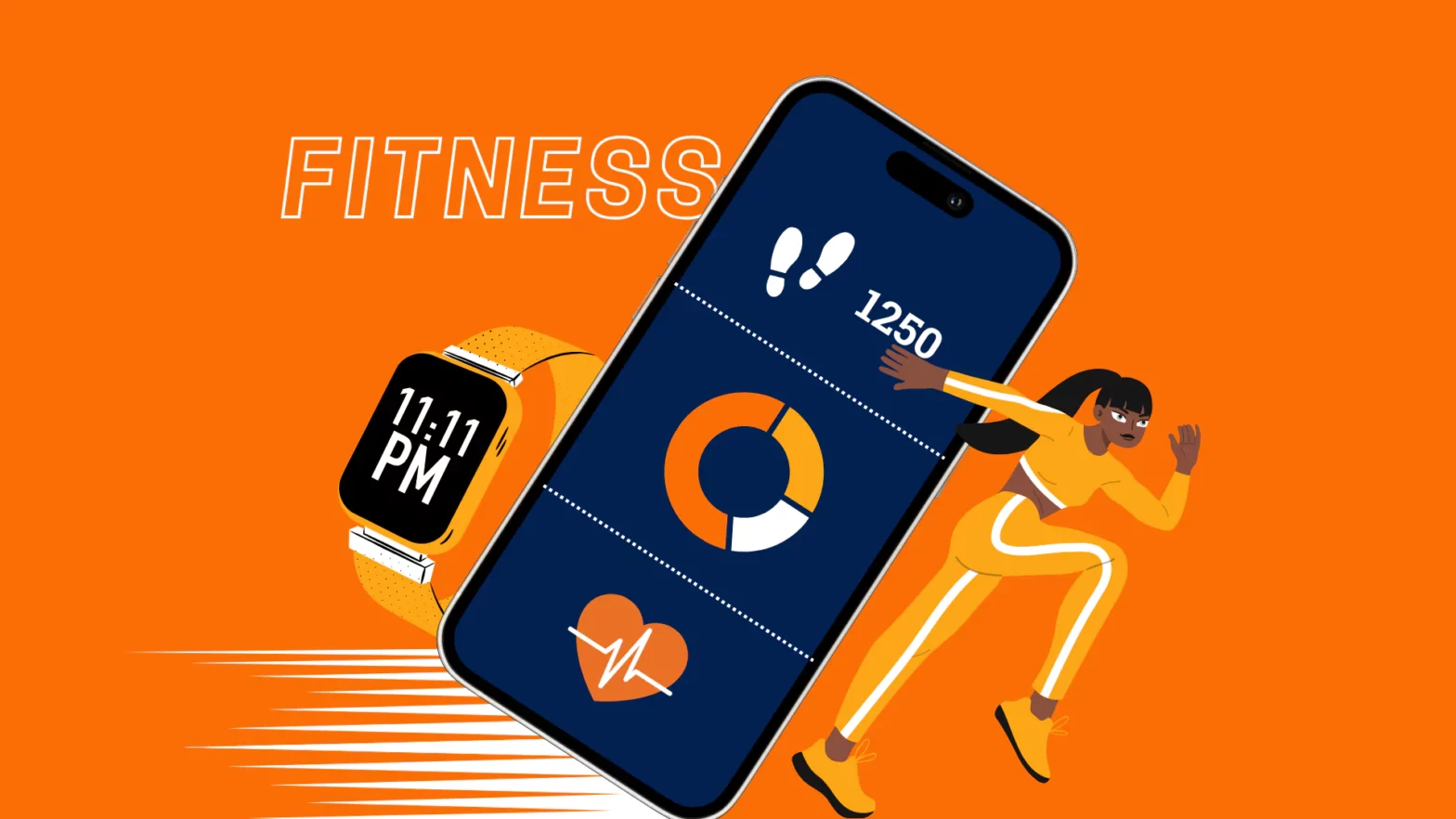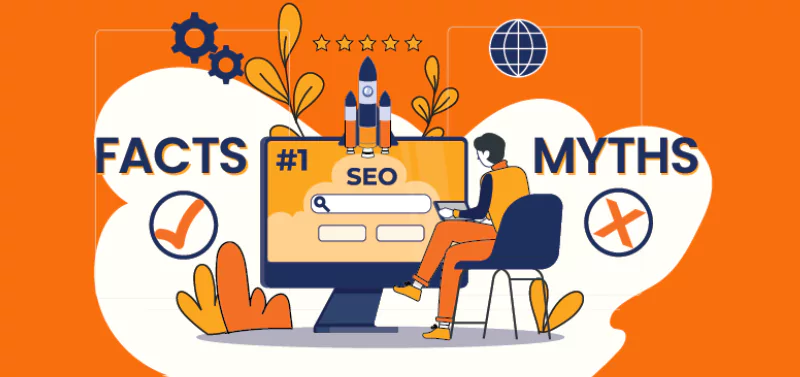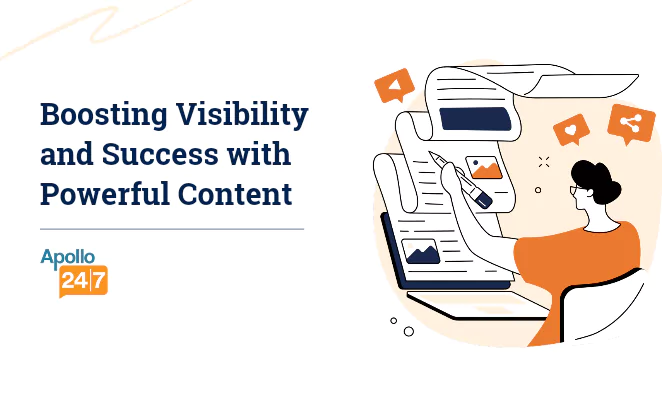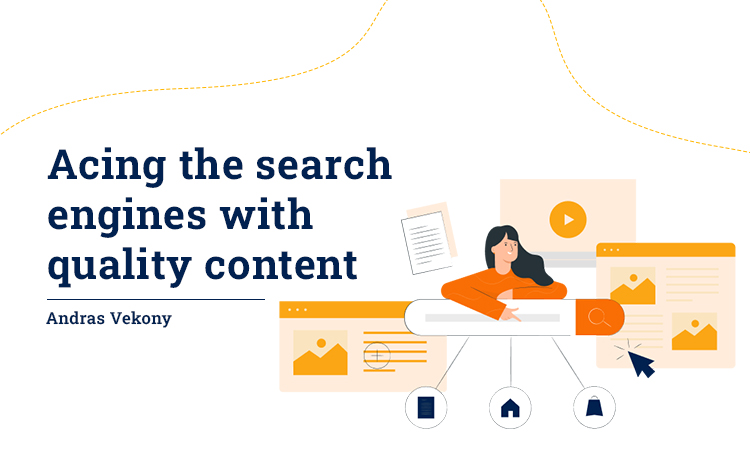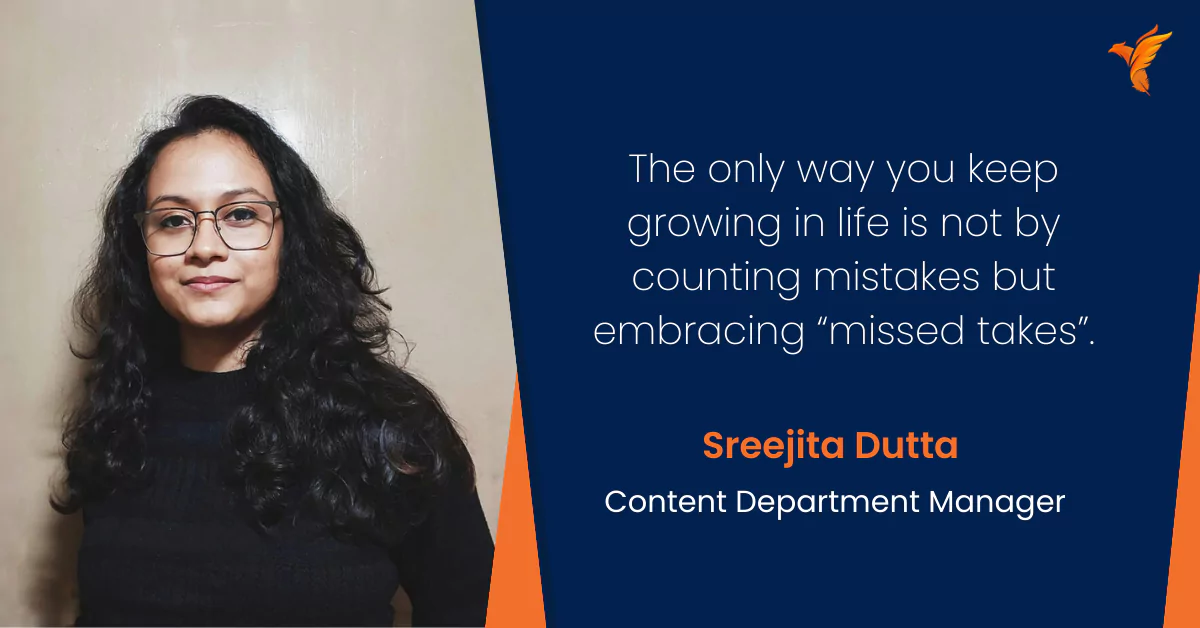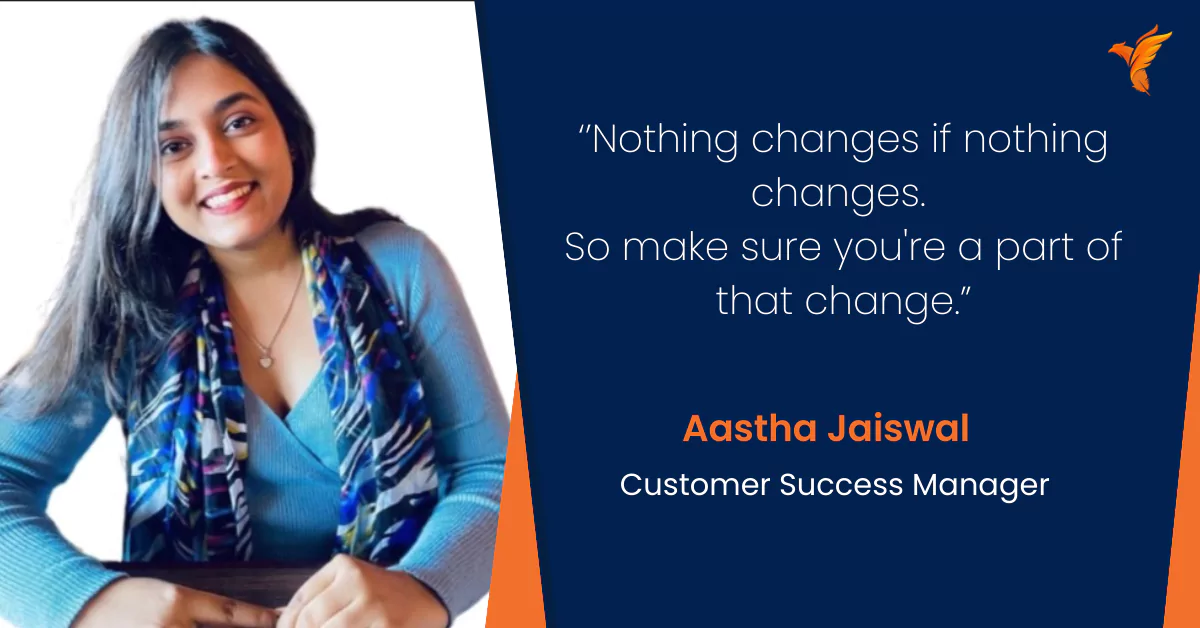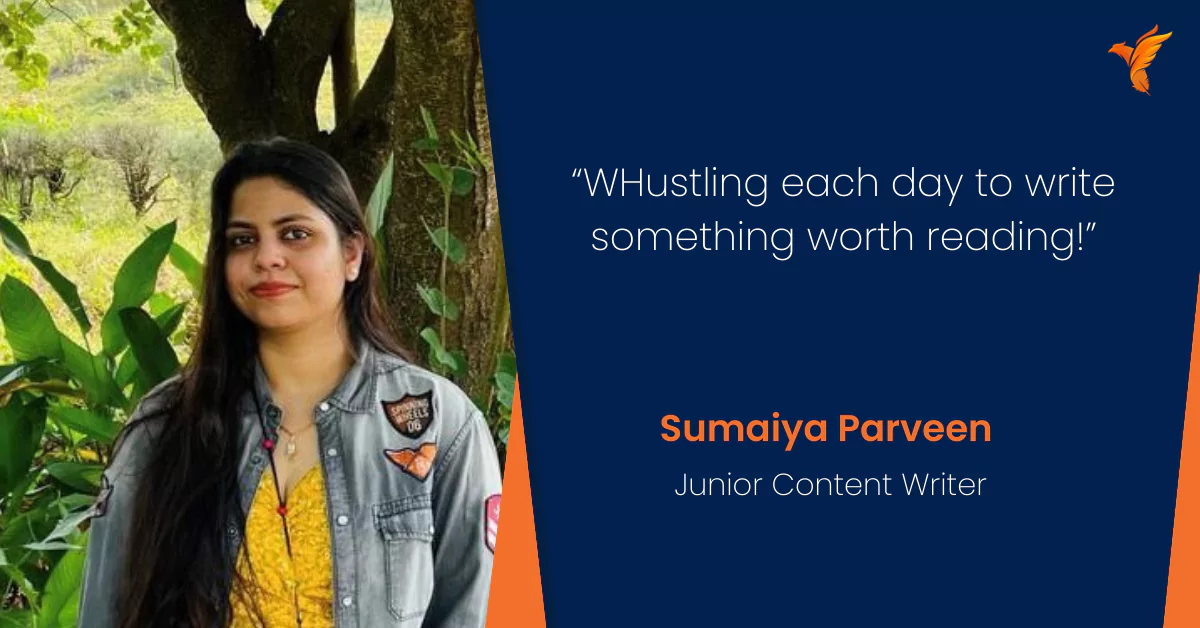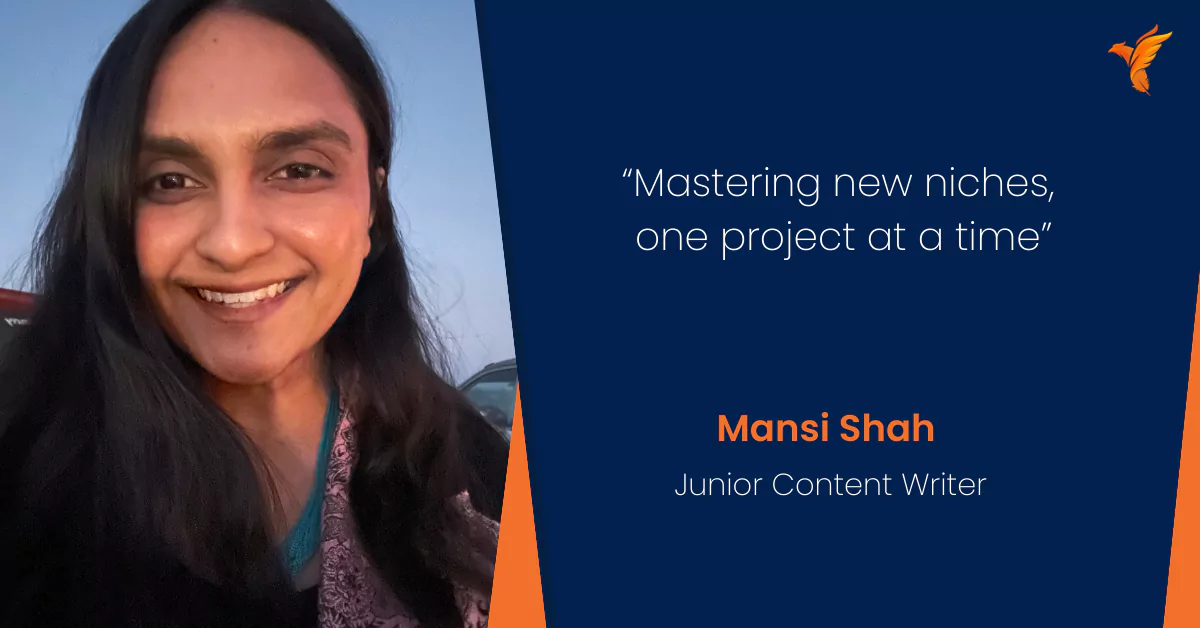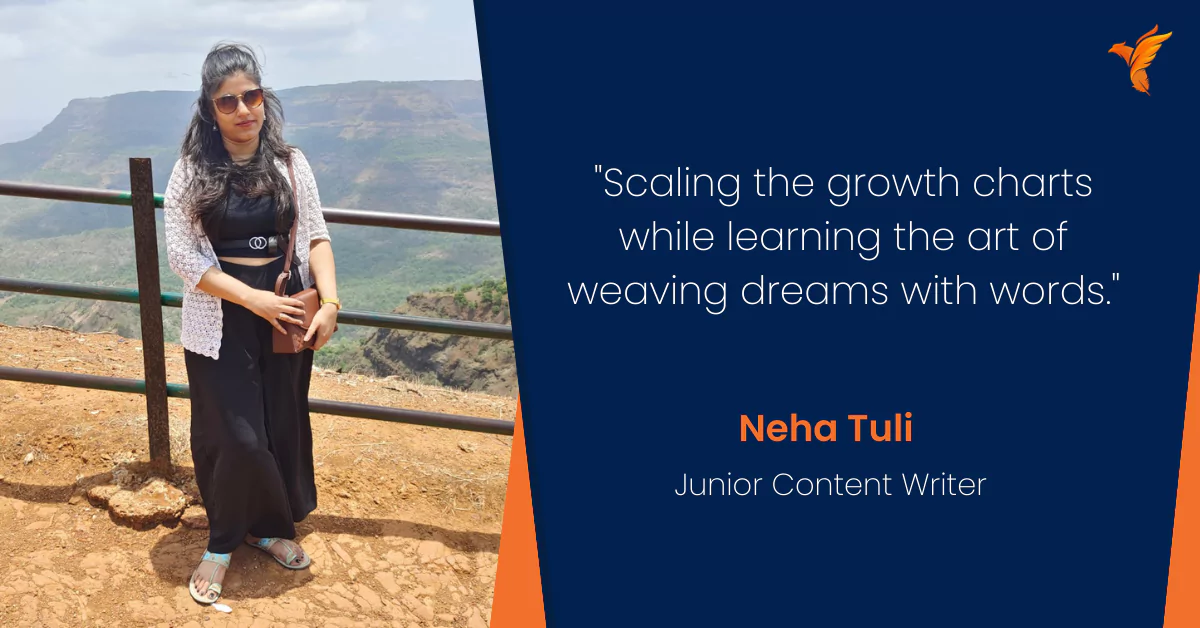10 Most Common SEO Mistakes to Avoid in 2023
Author: Team WH
Published On: 01-06-21
Last Updated on: 28-11-23
Estimated reading time: 9 minutes
SEO can be a tough row to hoe if you are new to the game. However, it is not uncommon to see even experts slip while optimizing their content.
Even the most minor SEO mistakes can end up making your rankings plummet to new lows! SEO is a crucial factor that can either make or break your online presence.
If you want to make sure your website is doing well online and ranks higher in search results, then it is advised that you divert your focus to SEO optimization and know what are the common SEO mistakes?
Continue reading to find out more about some of the most common SEO mistakes to avoid so that your website gets better rankings on search engines!
Common SEO Mistakes to Avoid Plummeting your Rankings
Here are some of the prevalent SEO blunders that you can easily avoid if you are careful. Make sure to read till the end to get a better insight into SEO optimization.
SEO Mistake #1: Your Keyword Research is Lacking
Strong keyword research is what makes up your SEO strategy. If you are one of those people who believe that keyword research is cheating, then you are entirely wrong.
Searching for keywords and phrases that can help your website rank higher is very important. There are a large number of tools available online that can help you get started with this.
If you run a small business or a start-up and cannot afford to splurge on expensive tools, you can opt for free versions of keyword research tools too.
Here is a comprehensive list of keyword research tools that you can consider buying.
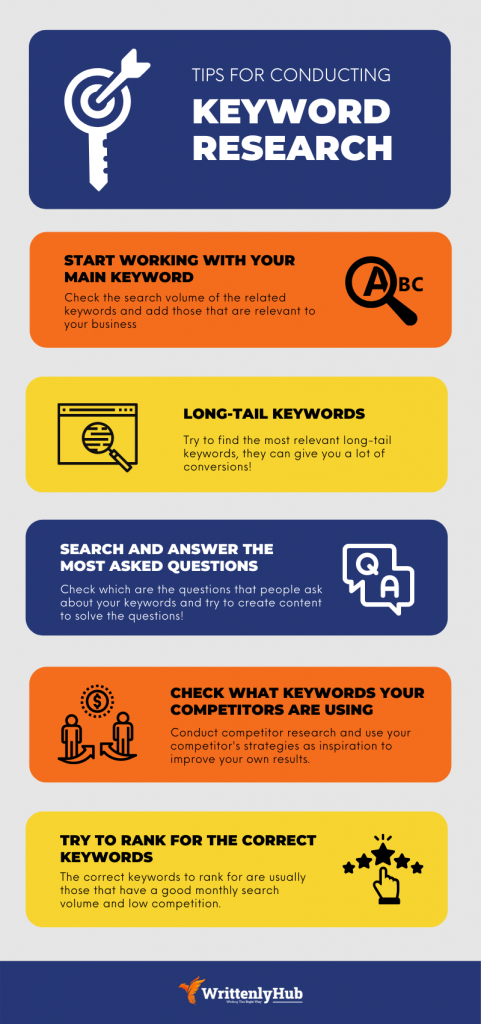
SEO Mistake #2: Your Images Aren’t Right
You probably add images to your blogs and web pages to make them look attractive. However, have you ever wondered if the images that you add are optimized correctly?
Here are a few common pitfalls people usually face with images.
- Images that do not have any ALT text
- Using a lot of images
- The image size is too big
So, how do you ensure all your images are SEO optimized? It’s easy; just follow the following tips to make sure all your pictures are adequately optimized.
- Cut the image to a small size, preferably around 800×600.
- Use images only where necessary.
- Make sure to label all images with ALT text.
- Use thumbnails of images if there are too many.
SEO Mistake #3: Your Content Lacks Quality
If you fail to provide high-quality content and offer duplicate content to your readers, all your website optimization will be in vain. This is because Google only ranks websites with high-quality content at the top of search results.
You can try using as many keywords as you like, but if your content does not add any value to your reader’s search, chances are you will be ranked pretty low.
Invest in high-quality content and focus on optimizing it the best way you can. Remember to write for the audience and not for the search engines.
Google has very stringent parameters that filter out good quality content from the bad. So, outsmart the search engine by putting out only quality content that is optimized and pay heed to these SEO mistakes to avoid them.
SEO Mistake #4: You Recycle Titles of Pages
Among common SEO mistakes to avoid is recycling titles. One of the most critical SEO signals you can focus on is the title of your page and its subsequent titles inside.
You cannot copy titles from the internet or use the ones you have already used before. Your title tags play an essential role in your rankings, and they cannot be overlooked.
You cannot copy titles from the internet or use the ones you have already used before. Your tags play an essential role in your rankings, and they cannot be overlooked.
Here is what you can do to make your titles better and ensure SEO optimization!
- Titles shouldn’t exceed 60 characters.
- They should be descriptive of what’s on the page.
- Try to include important keywords.
- Every web page should have a new title.
SEO Mistake #5: You are Sleeping on Internal Linking in your Articles
Internal linking is when you link pages to each other on your website. This might seem like a futile exercise to most. However, internal linking is crucial if you want a better ranking!
Internal linking can help you make your personal meshwork of web pages. Search engines prefer this because it makes it very easy to discover your web pages online.
Additionally, internal linking can be beneficial to readers too. They are more likely to visit numerous pages on your platform itself if you link pages properly.
Your rankings could be suffering if you are making the following mistakes with internal linking:
- Too many internal links on the platform
- Not enough links
- Inadequate anchor text
- Broken links
Avoid making such SEO mistakes and be mindful of how many If you tackle these issues and use just the right number of internal links on your website, you are sure to see a change in your rankings.
SEO Mistake #6: Your Social Media is a Snooze

It is no surprise that social media is one of the most crucial factors that help you promote your website. You might think that handling multiple social media platforms at once is exceptionally challenging. However, you don’t need to!
This common SEO mistake is easy to rectify. You do not need to have social media fame on all platforms. Even if you can focus on one, it will benefit your business greatly.
For instance, if you think a significant chunk of your clientele uses Facebook, then you can divert your attention to marketing on this platform primarily.
It is a publicly known fact that social media has the power to boost all your online marketing campaigns. So, make sure you focus on a social media platform and promote your products/services on it diligently!
SEO Mistake #7: Your Website is Working Pretty Lazy
Note that everyone loves a fast website, specifically your search engines. The faster your site loads, the more likely SERPs are to shower some love on it. The slower your site, the more chance it is to fall on rankings.
Your customers further are not going to stay on a website that’s taking too long to load they will move on to your competition, costing you traffic and engagement.
So, if you know your website loads slowly, do what you can to increase your speed.
If you’re unsure about your page load speed, take help from the Google PageSpeed tool that’s free. All must do is enter your website URL, and Google with provide you with detailed insights on what changes you can incorporate into your site to enhance speed.
Make those changes and you’re good to go!
SEO Mistake #8: You’re not thinking about mobile-friendly SEO
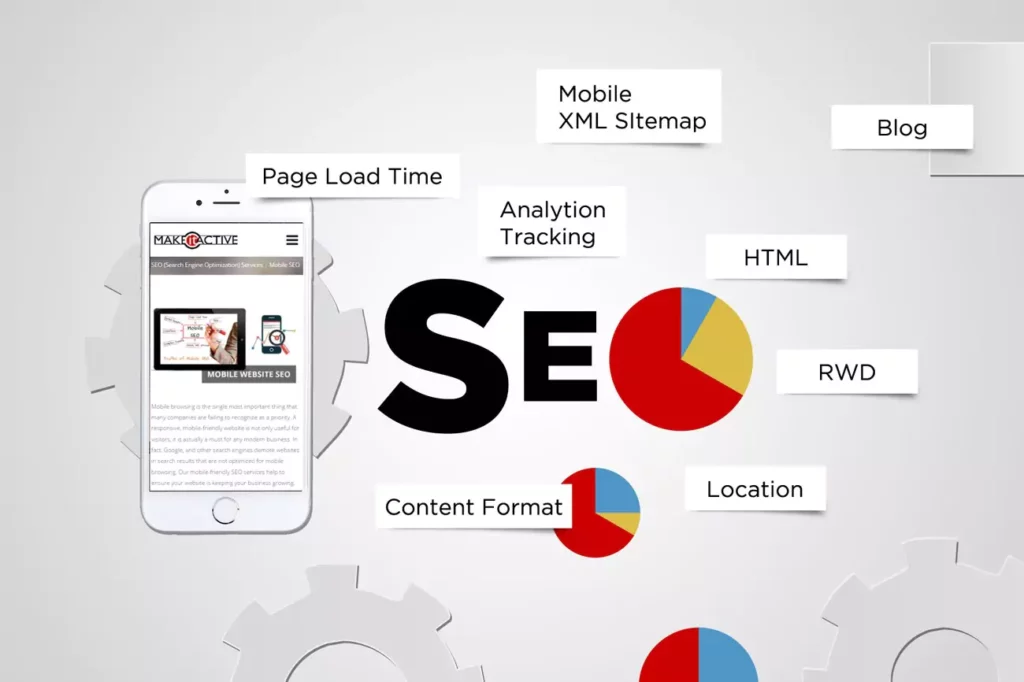
Mobile SEO has a significant impact on how your website is ranked. That means even if you spend time making a beautiful website with good content and images but neglect its mobile experience, your rankings will suffer.
Google predominantly notices the mobile version of your website and content for indexing and ranking. So, if you haven’t considered delivering a smooth and seamless experience on mobile, your ratings on Google will be jeopardized. The popular search engine strongly suggests that you keep your content the same on both desktop and mobile versions of your website.
Here’s what you can do to avoid SEO mistakes on mobile:
- Ensure you focus on a responsive mobile-friendly website design to make it simple for users to browse your website on smartphones.
- Optimize and make certain that mobile and local SEO strategies align.
- Develop mobile content with the aim to deliver a better mobile experience.
SEO Mistake #9: You’re not using of Heading Tags Properly
H tags are an essential part of good SEO practice. You must be using H tags for all your headings on the blogs. Though, ensure to use H1 only once – for your content such as the blog post title and make sure it has your keyword. Use H2 for your main sub-heading and H3 for your sub-subheadings, when you’re breaking the H2 section into smaller parts.
H tags help make your content easily readable and understandable for visitors. Moreover, it helps Google to learn what questions your content answers, which helps it to show your content when individuals types look for those questions.
SEO Mistake #10: You’re not tapping into the power of Analytics
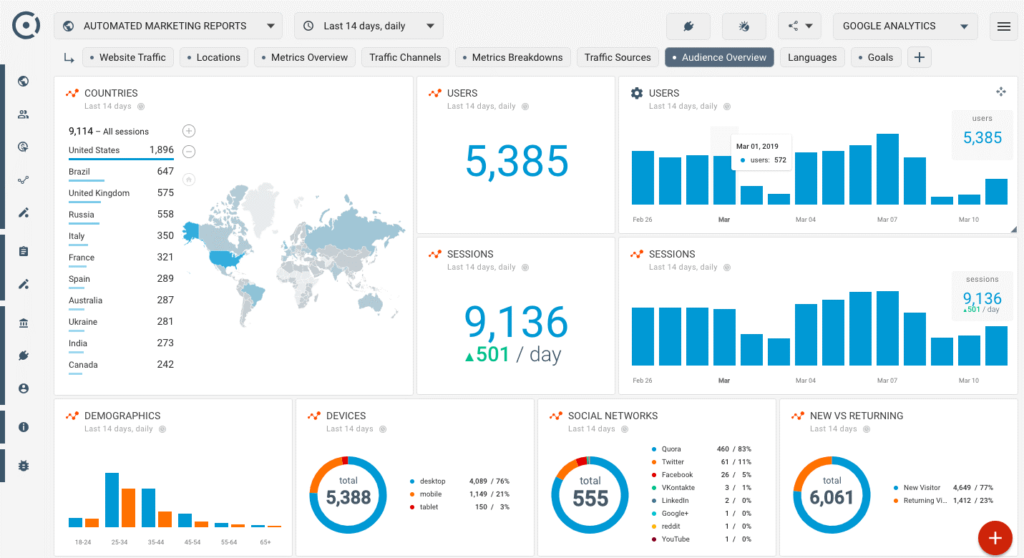
The only way to ensure that your content and SEO strategy is working will be by tracking your progress. It’s important to learn whether the ways you have used to optimize your website are working or not.
However, most business don’t give importance to analytics which is one the major SEO mistakes to avoid in 2023.
Using free tools such as Google Analytics and Google Search Console you can measure and acquire an overview of your site’s performance. Once you have that knowledge, it is easier for you to know what optimization strategy for your content clicked and what should you avoid in future.
In conclusion
There are many other common SEO mistakes to avoid. These could include having a ignoring local SEO, inaccurate link building, improper formatting of text, etc.
Good quality content is one the most effective ways to rank higher on search engines. If you are not a trained content writer or creator, your best bet is to hire a professional for help.
WrittenlyHub is an excellent choice for businesses looking for content writing and content marketing services. Learn more about the services offered and find one that caters to your requirements today!
Frequently Asked Questions
1. What content improves SEO?
High-quality, relevant content that answers user queries and provides value improves SEO. This includes well-researched articles, informative blog posts, engaging videos, and user-friendly website content that aligns with your target audience’s needs and search intent.
2. What is bad for SEO?
Common SEO mistakes include keyword stuffing, duplicate content, poor website structure, slow page loading, ignoring mobile optimization, and neglecting backlink quality. These practices can harm rankings and user experience, negatively impacting SEO efforts.
3. How many SEO keywords should be used?
There’s no fixed number; it depends on the content’s length and relevance. Focus on using keywords naturally. Incorporate primary and related keywords in the title, headers, and body text. Prioritize user experience and readability while ensuring your content addresses search intent.
4. How often should you update SEO strategy?
Regularly reviewing and updating your SEO strategy is essential. Changes in search engine algorithms, industry trends, and your business goals should prompt updates. Aim for quarterly or bi-annual reviews to ensure your strategy remains effective and aligned with your objectives.
5. How often should SEO analytics be reviewed?
Review SEO analytics on a regular basis, at least monthly, to track performance. Key metrics to monitor include organic traffic, keyword rankings, click-through rates, and conversion rates. Regular reviews allow you to identify trends, opportunities, and areas for improvement.




















